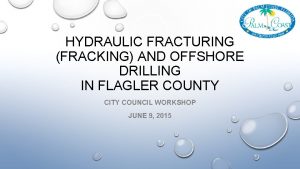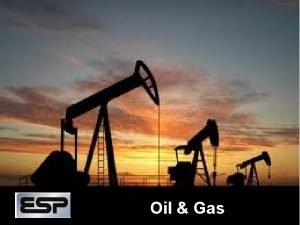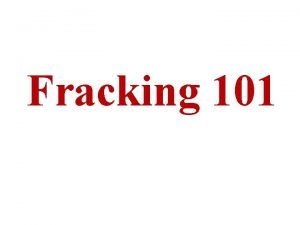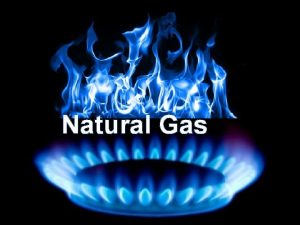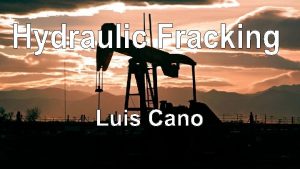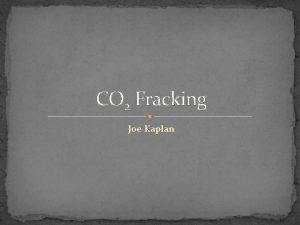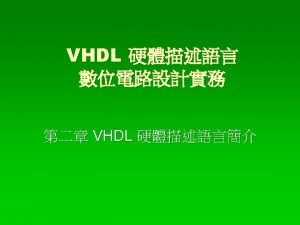A quick guide to fracking A quick guide







- Slides: 7

A quick guide to fracking

A quick guide to fracking What is fracking? 9000 8000 • Fracking is an extraction technique for crude oil and natural gas. • The process dates from the late 1940 s, but has only been widely used in the last 10 years or so. • Fracking is used when gas and oil are locked tightly in rocks below the ground, and conventional techniques cannot extract them. 7000 Billion cubic feet of gas • Technically the process is called hydraulic fracturing, but it is commonly known as ‘fracking’ The dramatic increase in shale gas production in the USA between 2007 and 2011 6000 5000 4000 3000 2000 1000 USA 0 Oklahoma 2008 2007 Arkansas Pennsylvania 2009 Louisiana Texas 2010 2011

A quick guide to fracking Oil and gas geology: conventional oil • Conventional oil extraction involves drilling a well (borehole) into a reservoir rock (see the diagram, left). • Oil and gas are held within the pore spaces of reservoir rocks e. g. sandstone. • Because the pore spaces are connected, oil and gas will flow freely up the well under pressure, or can be pumped out.

A quick guide to fracking Oil and gas geology: tight oil • Some oil and gas are found in rocks (especially shale) in which the pores are not connected. • They arereferred to as tight gas (or shale gas) and tight oil. • To release them the rock must be fractured. • The fracturing creates small cracks and fissures, allowing the oil and gas to escape. • The fracturing process involves high pressure, forcing the rock to shatter.

A quick guide to fracking The fracking process differs in two main ways from conventional oil and gas drilling: • Boreholes are drilled vertically, but turn horizontally (see diagram) to follow shale strata (directional drilling). • Water, sand chemicals are forced at high pressure down the borehole and into the shale rock, to assist the fracturing process. The chemicals vary, but include methanol, guar gum, ethylene glycol, acids and dissolved salts. Drilling

A quick guide to fracking Costs and benefits Fracking is viewed in very different ways around the world. • In the USA, fracking has dramatically increased both oil and gas production already. • In the UK, commercial production has not started but exploration is taking place. • In France, the process has been banned due to environmental concerns. • As is often the case in geography, the debate boils down to whether the economic benefits of fracking outweigh the environmental and social costs. Oil production in the US Bakken oilfield 2007– 13. The huge increase is due to the widespread use of fracking in North Dakota

A quick guide to fracking Key concerns • Fracking has been blamed for creating small earthquakes. • There are concerns that natural gas (methane) could escape from wells, increasing air pollution and contributing to global warming. • A key concern is that fracking liquids could pollute groundwater supplies, and even release gas into groundwater. • These environmental issues could have a negative impact on human health. • The oil industry claims these impacts are minor, and can be monitored and minimised. • Environmental groups contend they are serious and genuine worries.

